Whether or not you consider yourself a fan of horror, chances are you’ve heard of the famed Ouija Board. A simple concept for a board game, it contains only two objects: a flat board and a planchette. On the board are written in black bold font the numbers zero through nine, the letters of the alphabet, the words ‘yes’ and ‘no’ and sometimes the word ‘goodbye’ for manner’s sake. Players (one or more) are to place their hands on the planchette, ask the spirit world or specific spirits a question and wait for a reply. The planchette is supposed to begin moving by forces caused by responding ghost spirit(s). Spell out the letters the planchette lands on and you’ve got words to form a sentence.
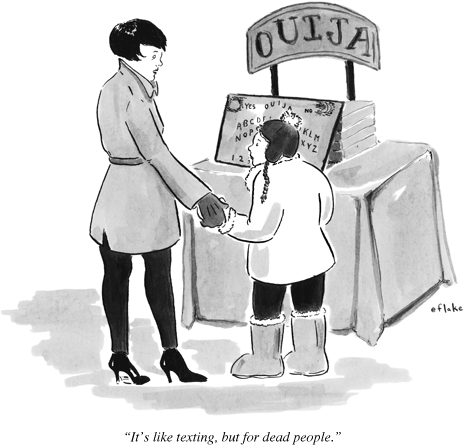
As a game board, it surely doesn’t follow the norm. Unlike Monopoly or chess, there is no strategy at work, no winners or losers, at least, not in the competitive sense. So why do Ouija Boards continue to sell? Where did it come from and what keeps our curiosity alive in the hopes of talking to the dead?
To understand the modern Ouija Board as it is sold today, we must travel centuries ago to 1100 AD China, under the Song Dynasty. During this time, we read one of the first ever mentions of a similar documented method in practice.

Known as “Spirit Writing” or “Planchette Writing”, a method called Fuji incited spirits to communicate with the participants as a stick is guided along a tray, tracing characters into sand or incense ashes. Regardless of how many individuals were involved in the session, the person holding the stick (called jishou or “planchette hands”) was the one chosen by the spirit world ultimately for possession, which allowed for the moving of the hands that controlled the stick.The earliest known practices also include parts of Rome, Greece, medieval Europe, and India.
In modern American culture, the Ouija Board gained recognition in 1891 with Elijah Bond’s official patent. An inventor, businessman and lawyer, Bond’s claim to fame was taken by one of his employees, William Fuld. Fuld took over production of the game board in 1901 and would continue suing numerous competing companies for the rights to the game for decades to come. As claimed by Fuld, he said that the name Ouija was Egyptian in origin, meaning “good luck.” Later, he joined a growing consensus in that the word was a combination of French and German meaning “yes”.
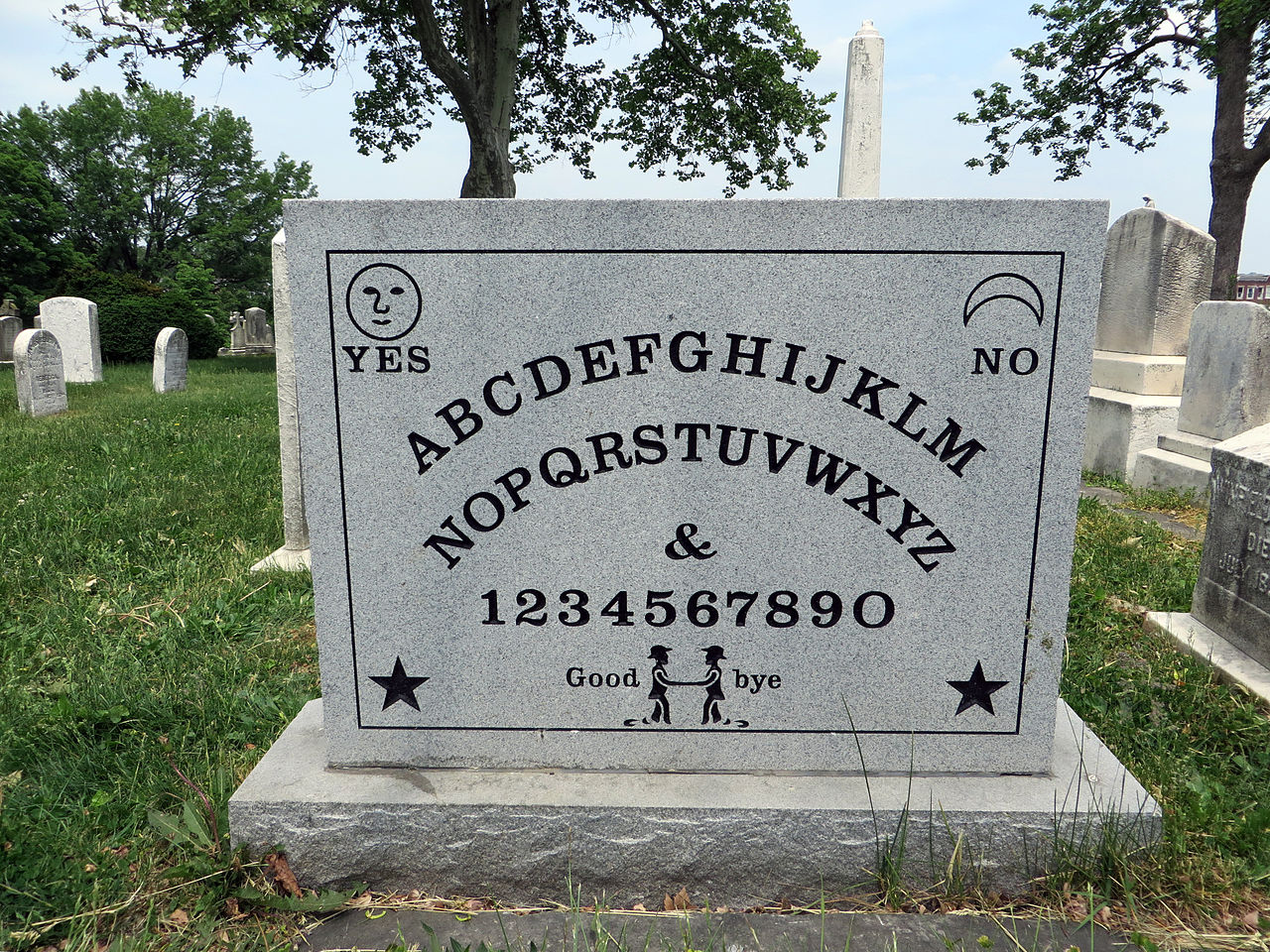
Sales for the Ouija Board soared between the 1920s and 1950s. Many give credit not to Bond or Fuld, but to a woman named Pearl Curran. Born 1883 and a singer by trade, the Pearl and her husband lived ordinary lives in Missouri. That is, until a session of playing with the board along with a friend in 1912. Curran received a message from her friend’s relative, a woman by the name of Pat-C or Patience Worth. The series of communication that allegedly occurred between the two women would continue for the rest of Curran’s life.
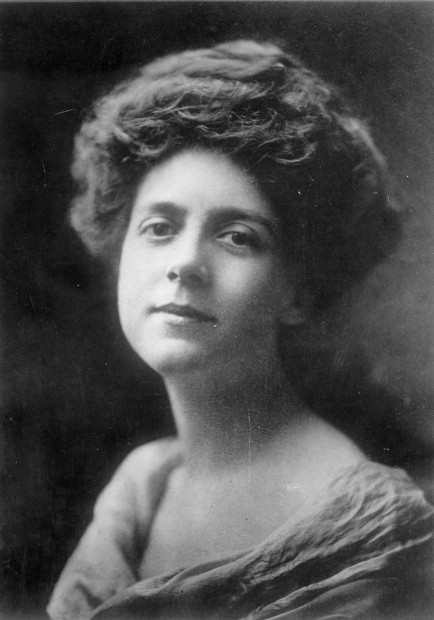
A record of each session was meticulously detailed by Curran’s husband, and as such, it remains one of the most well-documented instances of the Ouija Board in use to date. One of the very first messages from Patience Worth read as:
“Many moons ago I lived. Again I come. Patience Worth my name. Wait, I would speak with thee. If thou shalt live, then so shall I. I make my bread at thy hearth. Good friends, let us be merrie. The time for work is past. Let the tabby drowse and blink her wisdom to the firelog.” They would learn that the woman lived from 1649 to 1694 and believed that she once resided in England but moved to America. Skeptics point out that no authenticated documentation could ever prove the information about a Patience Worth, although the name does occur in census data of early U.S. settlers.
Curran wrote numerous books and poetry, some given credit as the work of Patience Worth. Not only did Curran claim to receive words from the spirit, but imagery as well. She described it as, “I am like a child with a magic picture book. Once I look upon it, all I have to do is to watch its pages open before me, and revel in their beauty and variety and novelty….When the poems come, there also appear before my eyes images of each successive symbol, as the words are given me….When the stories come, the scenes become panoramic, with the characters moving and acting their parts, even speaking in converse. The picture is not confined to the point narrated, but takes in everything else within the circle of vision at the time….If the people talk a foreign language, as in The Sorry Tale, I hear the talk, but over and above is the voice of Patience, either interpreting or giving me the part she wishes to use as story.”
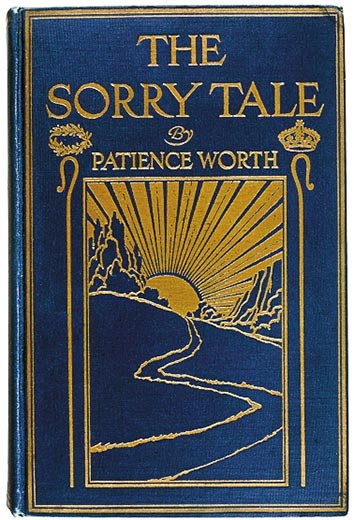
The story of Patience Worth and Pearl Curran were highly debatable during its time as much as it is now. However, the headlines created by the women helped the revival of Spiritualism in America, as well as in Britain. Even after Curran’s death in 1937, both skeptics and believers recall that Patience Worth told Curran of her impending death months prior to her developing pneumonia.
Skeptics of the paranormal point to a more scientific explanation for movements of the board’s planchette — a psychological phenomenon called Ideomotor. “The phrase is most commonly used in reference to the process whereby a thought or mental image brings about a seemingly “reflexive” or automatic muscular reaction, often of minuscule degree, and potentially outside of the awareness of the subject.” Still, even with this in mind, Ouija Boards have captured modern day imaginations.
Many argue that the 1973 film, The Exorcist, further pushed the sales and curiosities of thrillseekers and the horror-inclined alike. You can read more about the film and it’s origin story here. In the movie, a girl named Reagan plays with an Ouija Board, speaking to an invisible friend named Captain Howdy. This, in turn, is seen as the inviting or opening of the door for evil that would soon possess the child fully. Hollywood hasn’t stopped playing with the Ouija Board since. In total, ouijaboardmovies.com has tallied about 69 films involving the board to date.
Given that books and movies continue to use the board game as a subject matter, many wonder if the game is simply a product like any other or a dangerous object that is an invitation to the unknown and evil.
In an interview with paranormal expert Ed Warren, he claimed that in the board is “probably responsible for 7 out of 10 of our cases.” He goes on to say that it is the first thing he asks about when investigating a haunting. “Yeah, the board itself is just a compressed piece of material, made out of fiberboard or some other material. Then there’s a plastic planchette that is used to spell out words. It’s not the board that is dangerous per se, it’s what you are asking FROM the board. The person using it is doing what? Asking to speak to spirits. The board is like a conduit for spirits to pass through. It’s a means for them to communicate with the physical realm. The person has absolutely no control over what comes over the board. You could be thinking you are speaking to your deceased loved one when in reality you might be speaking to something that has never walked the earth in human form,” Warren said.
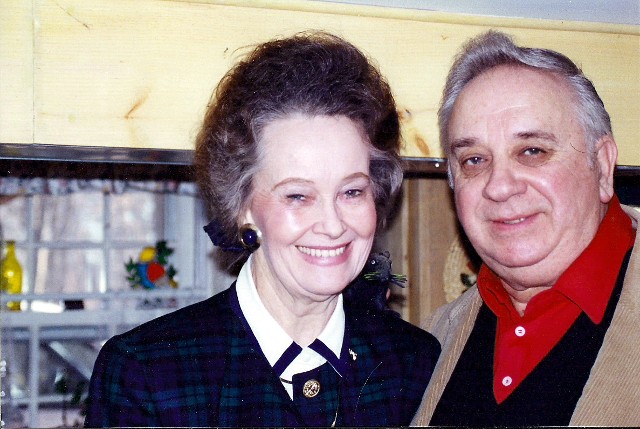
Warren’s warning is difficult to ignore considering the high number of cases since the widespread use of the board. While most of the cases involve individuals claiming that the board influenced their ill-actions, one particular case made headlines for another reason. Stephen Young was tried and sentenced for shooting Harry Fuller and his wife in 1993 regarding money issues. The original trial was deliberated and though a verdict had been made, some the jurors later admitted to finding Young guilty after having consulted with an Ouija Board. Young was tried again a year later, this time without the help of the board, and found guilty.
Better safe than sorry?
Hasbro continues to sell the game and there are no diminishing returns, especially with new films involving it in their plots. Ultimately, it is up to you to decide if the “game” is worth playing. Perhaps it is best to keep the words of Ed Warren in mind: “You see, it’s like crossing a busy highway. You may cross it a thousand times and nothing happens. But all it takes is that one time to get hit by that car or truck and wham…it’s all over. You may cross and make it ok. Somebody else may not be so lucky. And remember, too, that just because nothing bad came to you at first, it could come later.”
– By Christina Persaud
Sources:
“US Trademark Registration Number 0519636 under First Use in Commerce”. Tsdr.uspto.gov.
Despeux, Catherine. 2007. “Fuji 扶乩 planchette writing; spirit writing,” in The Encyclopedia of Taoism, ed. Fabrizio Pregadio, Routledge, 428-429.
Tucker, Milo Asem (Apr 1897). “Comparative Observations on the Involuntary Movements of Adults and Children”. The American Journal of Psychology. University of Illinois Press. 8 (3): 402. JSTOR 1411486.
Braid, J., Hypnotic Therapeutics, Illustrated by Cases: With an Appendix on Table-Moving and Spirit-Rapping. Reprinted from the Monthly Journal of Medical Science for July 1853, Murray and Gibbs, (Edinburgh), 1853.
Lewis Spence. (2003). Encyclopedia of Occultism and Parapsychology. Kessinger Publishing. p. 695
“Ghost Author? The Channeling of Patience Worth”. Skeptical Inquirer. Retrieved 2015-05-30.
Retrieved from http://www.museumoftalkingboards.com/ancient.html
BBC NEWS | UK | England | Southern Counties | ‘Ouija board’ appeal dismissed. (n.d.). Retrieved from http://news.bbc.co.uk/2/hi/uk_news/england/southern_counties/4076927.stm
A Brief History of the Ouija Board | Mental Floss. (n.d.). Retrieved from http://mentalfloss.com/article/12952/brief-history-ouija-board
Couple’s murderer jailed in `Ouija board’ retrial | The Independent. (n.d.). Retrieved from http://www.independent.co.uk/news/uk/couples-murderer-jailed-in-ouija-board-retrial-1389824.html
Disagreements With Freud – Carl Gustav Jung: The Founder of Analytical Psychology. (n.d.). Retrieved from http://65903021.weebly.com/disagreements-with-freud.html
Elijah Bond – Wikipedia. (n.d.). Retrieved January 6, 2017, from https://en.wikipedia.org/wiki/Elijah_Bond
The Exorcist #4 Movie CLIP – Captain Howdy & The Ouija Board (1973) HD. (n.d.). Retrieved from https://www.youtube.com/watch?v=-qK58CZslAs
The Exorcist (1973) – IMDb. (n.d.). Retrieved from http://www.imdb.com/title/tt0070047/
Fuji (planchette writing) – Wikipedia. (n.d.). Retrieved January 6, 2017, from https://en.wikipedia.org/wiki/Fuji_(planchette_writing)
Ideomotor phenomenon – Wikipedia. (n.d.). Retrieved January 6, 2017, from https://en.wikipedia.org/wiki/Ideomotor_phenomenon
News-Thoughts-Articles-2. (n.d.). Retrieved from http://www.warrens.net/News-Thoughts-Articles-2.html
The Origins of Religion: How Supernatural Beliefs Evolved. (n.d.). Retrieved from http://www.livescience.com/52364-origins-supernatural-relgious-beliefs.html
Ouija – Wikipedia. (n.d.). Retrieved January 6, 2017, from https://en.wikipedia.org/wiki/Ouija
Paranormal – Wikipedia. (n.d.). Retrieved January 5, 2017, from https://en.wikipedia.org/wiki/Paranormal
Paranormal Activity (2007) – IMDb. (n.d.). Retrieved from http://www.imdb.com/title/tt1179904/?ref_=nv_sr_1
Paranormal Activity (film series) – Wikipedia. (n.d.). Retrieved January 5, 2017, from https://en.wikipedia.org/wiki/Paranormal_Activity_(film_series)
Paranormal Activity 3 (2011) – Box Office Mojo. (n.d.). Retrieved from http://www.boxofficemojo.com/movies/?id=paranormalactivity3.htm
Parapsychology: When did science give up on paranormal study? | Alphr. (n.d.). Retrieved from http://www.alphr.com/science/1001390/parapsychology-when-did-science-give-up-on-paranormal-study
Parapsychology: When did science give up on paranormal study? | Alphr. (n.d.). Retrieved from http://www.alphr.com/science/1001390/parapsychology-when-did-science-give-up-on-paranormal-study
Patience Worth – Wikipedia. (n.d.). Retrieved January 6, 2017, from https://en.wikipedia.org/wiki/Patience_Worth
Recreating the Magic Circle of a Surrealist Seriously into the Occult. (n.d.). Retrieved from http://hyperallergic.com/270566/recreating-the-magic-circle-of-a-surrealist-seriously-into-the-occult/
Relief of Akhenaten as a sphinx | Museum of Fine Arts, Boston. (n.d.). Retrieved from http://www.mfa.org/collections/object/relief-of-akhenaten-as-a-sphinx-46197
The Science of the Supernatural | History Today. (n.d.). Retrieved from http://www.historytoday.com/simone-natale/science-supernatural
Supernatural – Wikipedia. (n.d.). Retrieved January 5, 2017, from https://en.wikipedia.org/wiki/Supernatural
Supernatural | Define Supernatural at Dictionary.com. (n.d.). Retrieved from http://www.dictionary.com/browse/supernatural?s=t
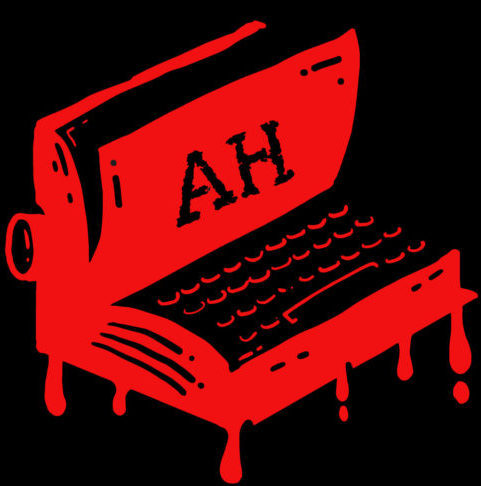

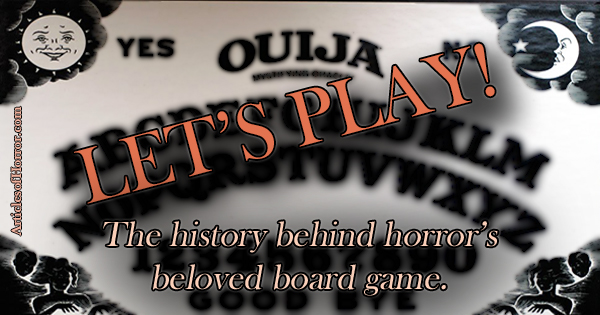
wsb6m8
qs5jea
jtdtv0
pjzkyd
qnsu0v
p24ojb
881t8a
I wanna know if I will be with the man I true love his name is Carlos Gonzalez juan Roman’s does he miss me